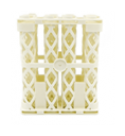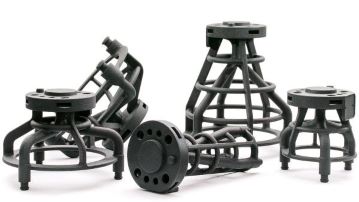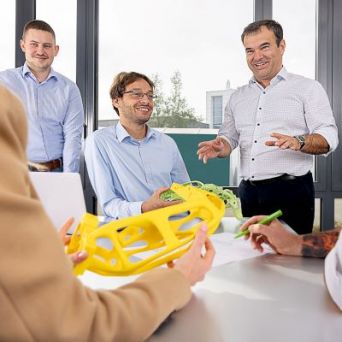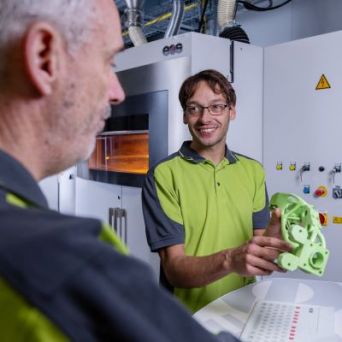3D Printing
3D Printing
Modern machinery is often equipped with a variety of specialized non–standard parts, which are expensive and time consuming to produce. 3D printing technology is a way to deliver needed parts, which are specifically produced according to individual requirements economically and in a relatively short time, using materials which are suitable for current working conditions.
We offer parts, which are produced according to DIN ISO 2768–1 precision standard requirements.Using 3D printing technology, it is possible to produce parts of different density – light or full-bodied. This allows to use less materials, shorten the engineering time and decrease the price of the part.
COLOURING. Coloring is achieved by submerging parts into the color bath, the process can take up to several hours. It is possible to choose different colors (black, blue, red, yellow, orange and others). Coloring allows to find parts easier in the machine and also to see, when it is dirty or damaged.
All you have to do is send us a drawing of the required part (preferably in STEP format) and a description of the working conditions and we will be able to make a suitable offer!



















